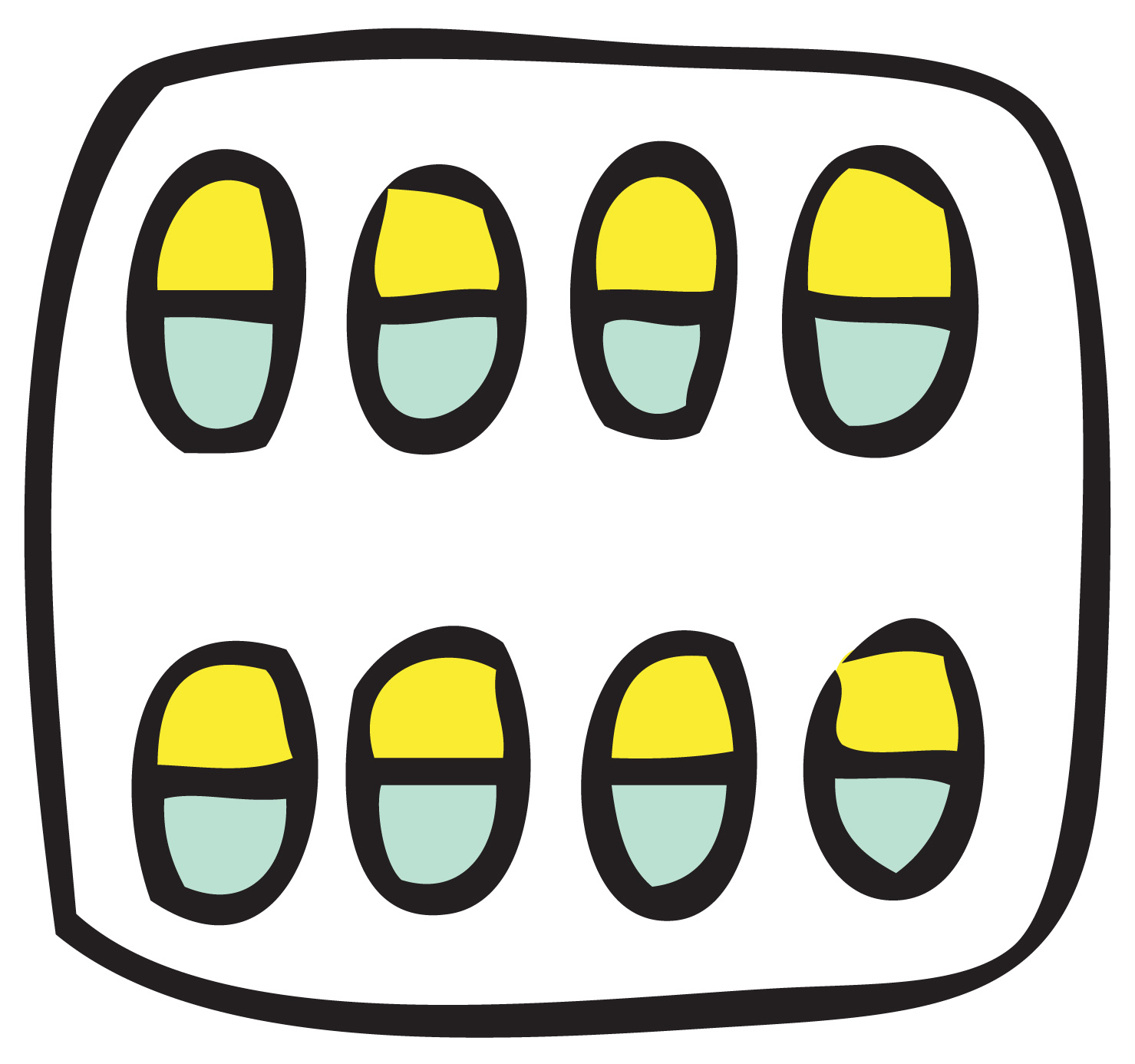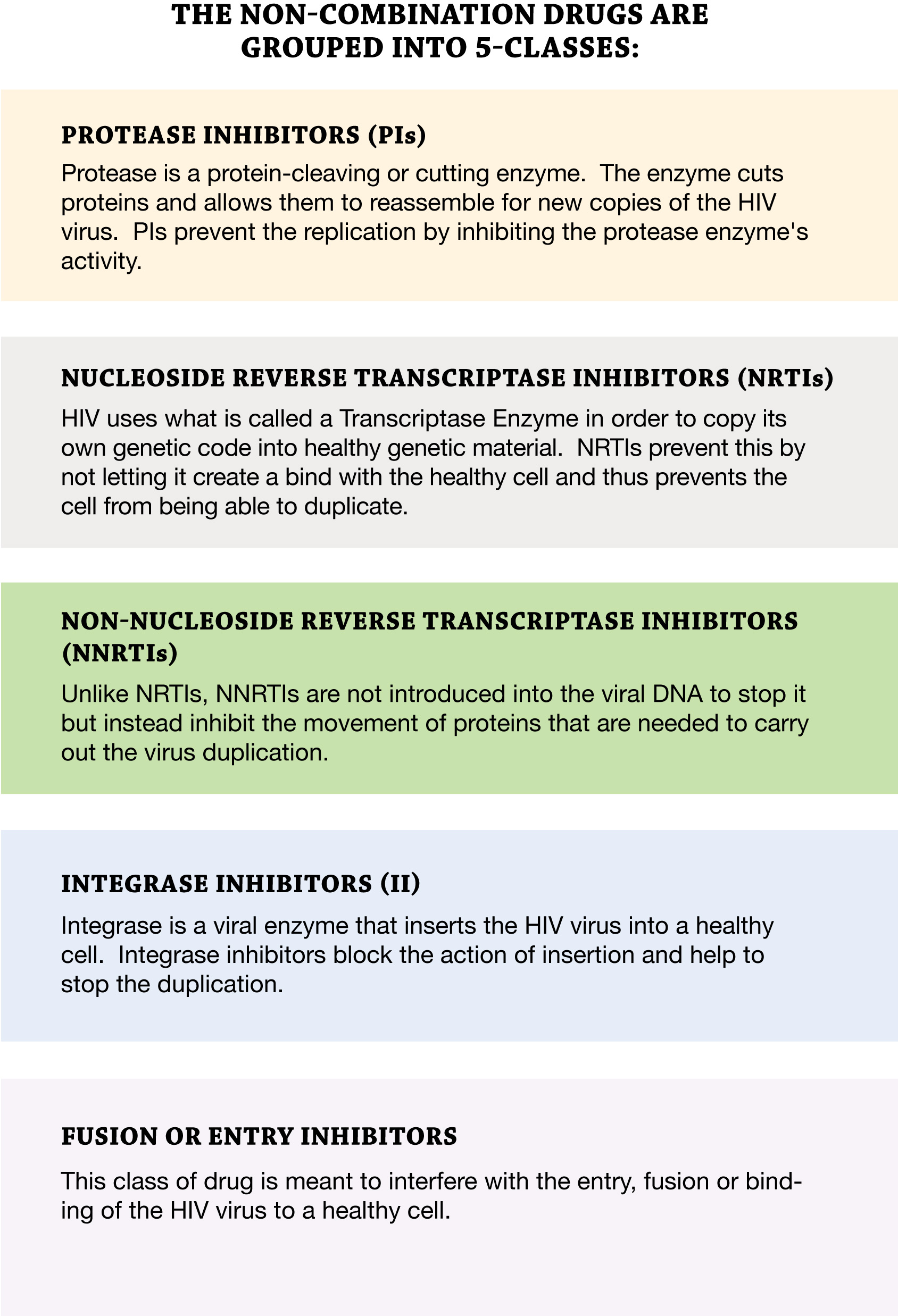HOME
PAST DIGITAL ISSUES
HIV/AIDS HOTLINES
HIV 101
POSITIVE PROFILES
ASO SPOTLIGHT
RECENT ARTICLES
HOW TO PAY FOR HIV TREATMENT AND MEDICATIONS
ADAP CRITERIA AND FORMULARIES
ASO LISTINGS
REVIEW OF HIV MEDICATIONS
2018 HIV/AIDS FUNDRAISING ACTIVITIES & EVENTS
ABOUT HIV POSITIVE! MAGAZINE
LINKS
SUBSCRIBE
CONTACT US
ADVERTISER INFORMATION

When you are diagnosed with HIV, even though you may have been infected for quite some time, doesn’t necessarily mean that you will start on an HIV therapy regimen immediately.
There are several factors and personal considerations you’ll have to think about before starting treatment and tests you’ll be given to help with the determination. HIV progresses very slowly. It can take 10-years or more, depending on the individual and again other factors, for HIV to progress to AIDS without treatment. Many of the people we’ve profiled in HIV Positive! had been infected for a very long time, and yes, some had let it go too far and it did progress to AIDS before they began treatment.
One of the most important things you can do after you receive an HIV diagnosis is to begin seeing a doctor – and try to make it the same doctor – so he or she can begin monitoring your body and your HIV. Seeing a doctor regularly will help assure you’ll start treatment when the time is right.
Choose a doctor experienced with HIV treatment
Finding a doctor who specializes in HIV treatment will give you your first, best shot at success. A doctor who treats people with HIV and is up on all current treatments and trends is a must. If you need a place to start, contact a local AIDS Service Organization (ASO), get some names and begin the interview process. The choice is in your hands. Make sure you get along with the staff and doctor. This will make your visits much more productive.
Get your mind right
One very important personal factor to keep in mind when you start treatment is to make sure your mind is right. You’ll be on therapy for the rest of your life once you start AND adherence (taking your meds 96%-plus on time every time) is key. If you have any sort of drug or alcohol dependency or suffer from any kind of depression that might interfere with adherence, let your doctor know and take the steps to recovery before you start HIV treatment. HIV can become resistant to your regimen if you don’t adhere to it and while there are other regimens, there are only so many.
What to expect from your doctor visits
When you see your specialist, you’ll most likely start out with a basic clinical assessment. This assessment is good because it can determine other existing medical conditions, medications you are currently taking and other factors that can help in making your first shot at a regimen an effective and trouble-free one. This is also a good time to make sure you have a good rapport with the doctor and his staff.
Your doctor will work with you on an individualized regimen that will be based on many of the following factors:
Pre-existing physical conditions, ailments and diseases
Potential adverse drug effects
Potential drug interactions
Gender and if you are pregnant or planning to be
Drug resistance testing
Your CD4 count
Adherence ability
Lifestyle and convenience issues such as pill burden (amount of pills) and frequency of dosing.
Determining when you’ll start treatment
The one test that you’ll be given which will more than anything else determine clinically when you should start therapy is a CD4 test.
The CD4 test measures your CD4 T-cells or just “T-cells.” Your T-cells play an important part in the immune system and HIV, as time goes on, destroys them. The average person without HIV has between 500 and 1200 T-cells (which are measured within a cubic millimeter of blood). When your T-cells drop below 200 or when you have an opportunistic infection, you are considered to have AIDS.
The World Health Organization (WHO) guidelines earlier (2006) gave the 200 T-cell mark as the point to start treatment. This is still a starting point in some developing countries. Now, however, both the WHO and the United States Department of Health and Human Services guidelines recommend starting therapy at the 350 T-cell mark. This mark is before you ever have AIDS and that’s really the whole point of treatment: to keep your HIV infection from ever progressing to AIDS. Physicians do differ on starting points. Most will get you going between 500 and 350. Many physicians who recommend starting sooner do so to make sure there is no damage at all to the immune system.
The guidelines do suggest three exceptions to the 350 T-cell benchmark:
- If you are a pregnant woman, you should start HIV therapy to protect your unborn child. HIV therapy dramatically reduces the risk that you will transmit HIV to your baby. After you give birth, if you don’t need HIV therapy for your own health yet, you may be able to stop taking your meds until your T-cells drop to 350.
- If you have HIV-associated kidney disease or kidney damage, you should start HIV therapy regardless of your T-cell count.
- If you have Hepatitis B virus that requires treatment, as well as HIV, you should begin HIV therapy at the same time you start therapy for Hepatitis B, because some of the most effective drugs to treat the two diseases are the same.
Choosing your first regimen
When you and your doctor decide it’s time to start therapy, you can discuss your first combination of drugs that you’ll take – your first-line therapy.
This used to be tricky and there were terrible side-effects but that was then, back in the early days of the disease, and this is now.
Today’s drugs are numerous, tremendous, easy to take, easy to tolerate, easy to adhere to and most of all highly effective.
There are currently 37 FDA approved drugs for HIV treatment, including multi-class combination drugs. The combination drugs (some of which have been around for years while a few are relatively new) are tremendous because they combine everything you need in just one or two pills that you take just once a day.
Most current regimens for people just starting HIV treatment consist of three drugs from these classes which make up the HIV
cocktail:
2 NRTIs plus 1 NNRTI
2 NRTIs plus 1 PI
2 NRTIs plus 1 II

If you would like more information about the newest and preferred HIV drugs, preferred treatment regimens and current guidelines, the 14th Annual HIV Positive! magazine Treatment Guide will be published in April or you can go to the U.S. Department of Health and Human Services website at www.hhs.gov, the U.S. Food and Drug Administration website at www.fda.gov and our website at www.hivpositivemagazine.com.
Copyright 2018, Positive Health Publications, Inc.
This magazine is intended to enhance your relationship with your doctor - not replace it! Medical treatments and products should always be discussed with a licensed physician who has experience treating HIV and AIDS!